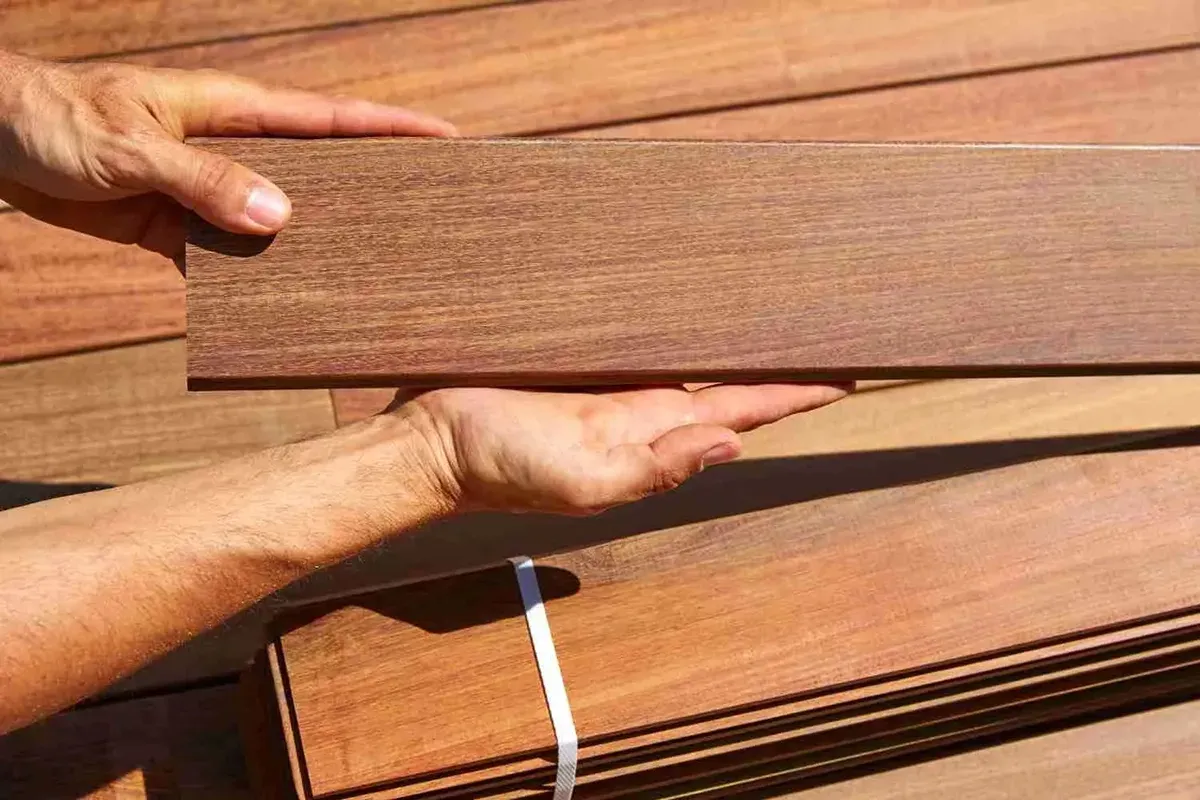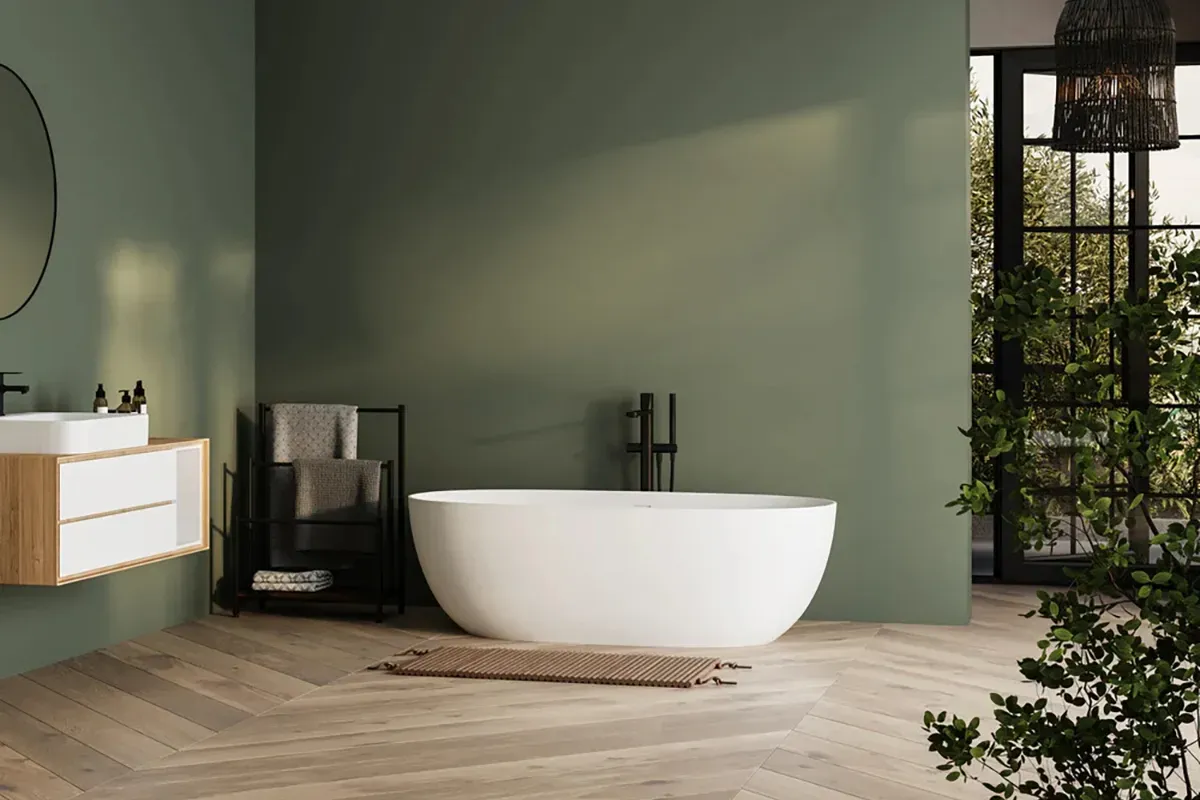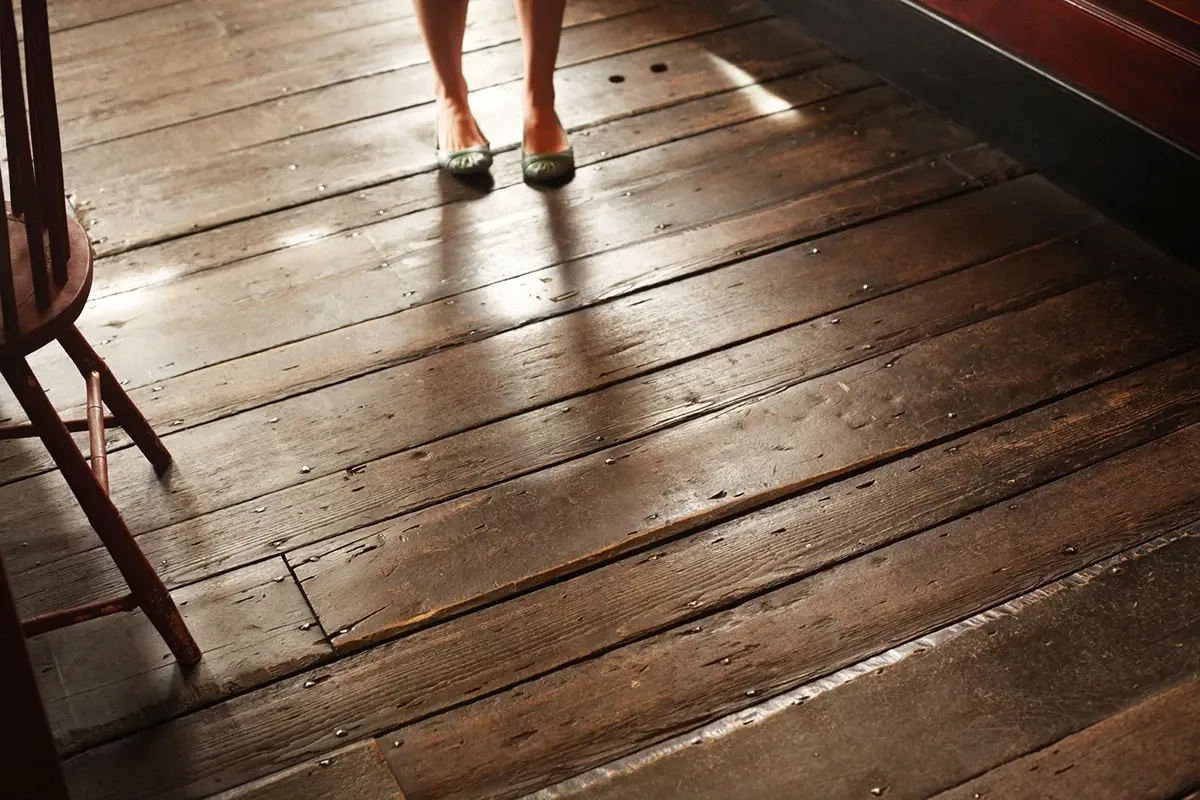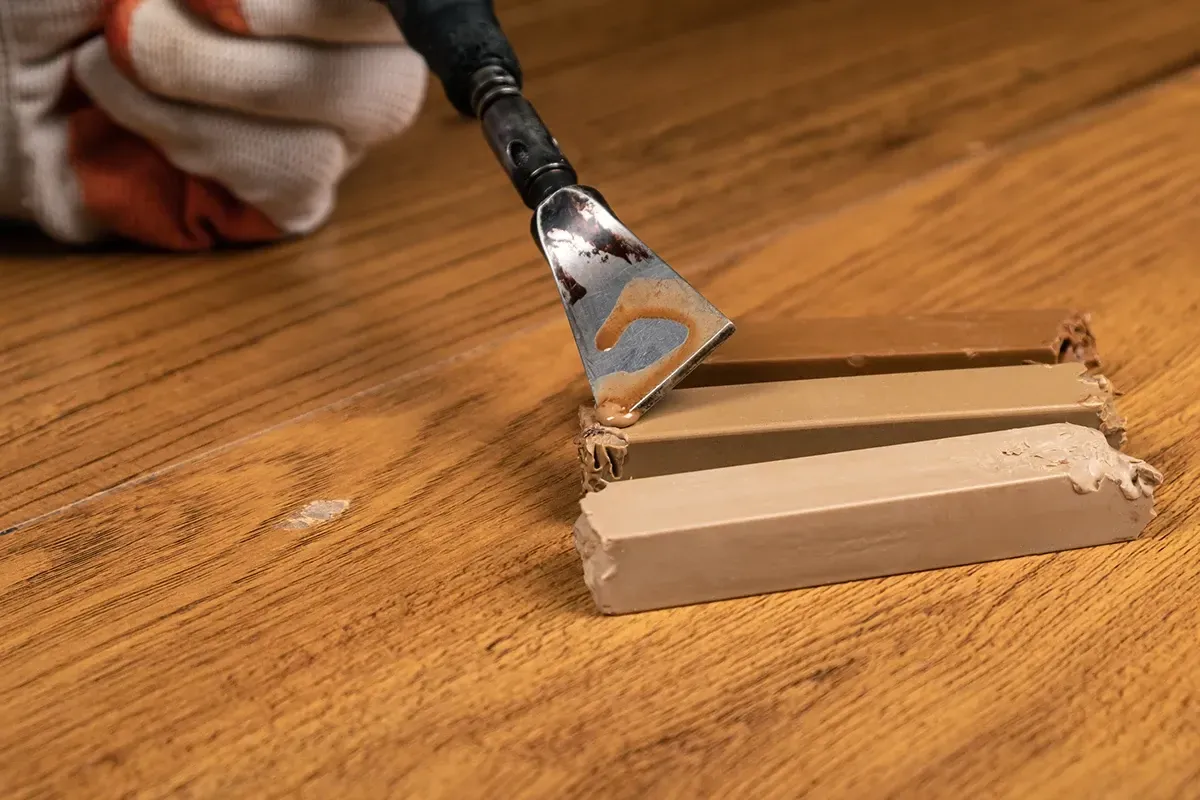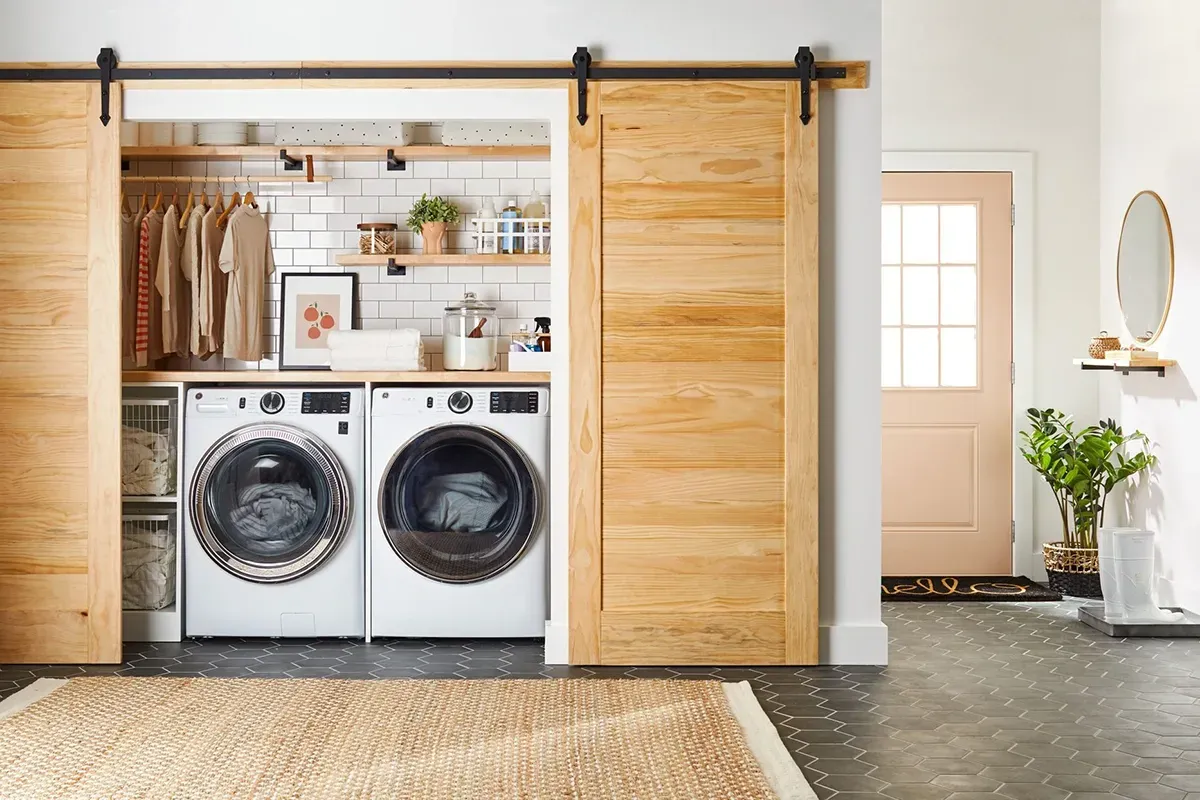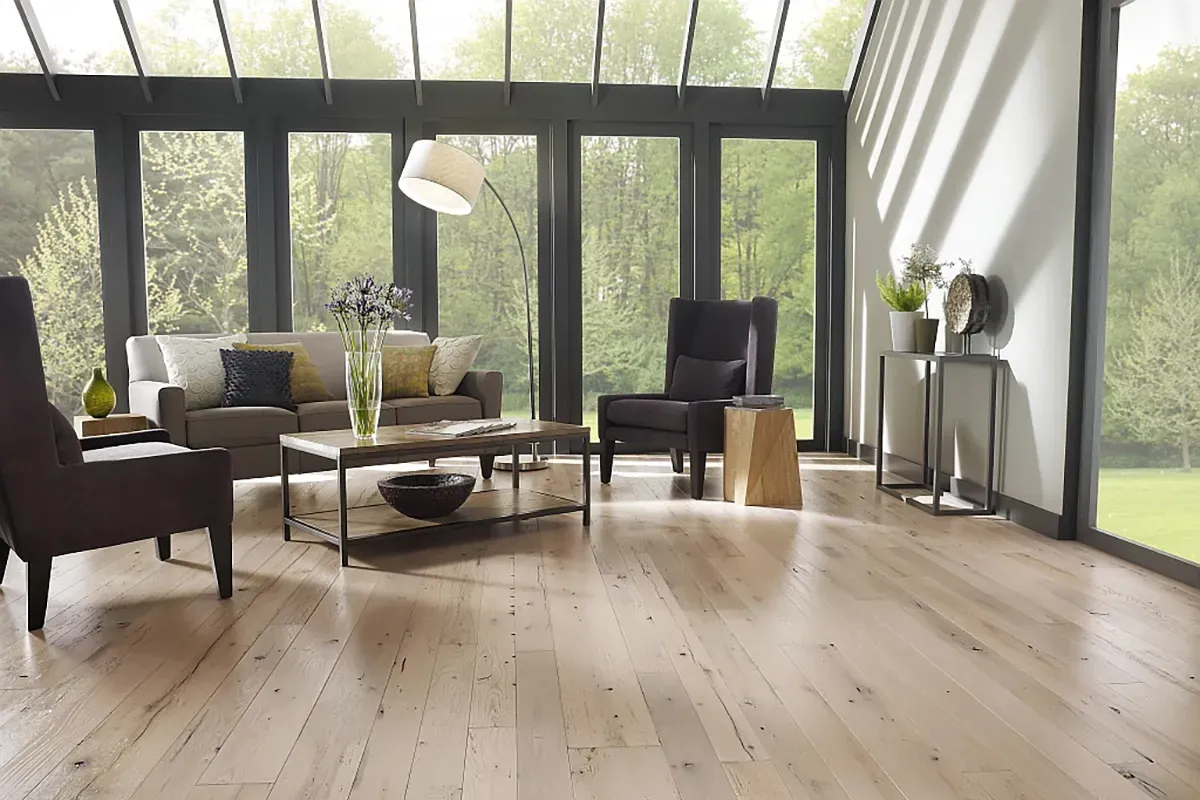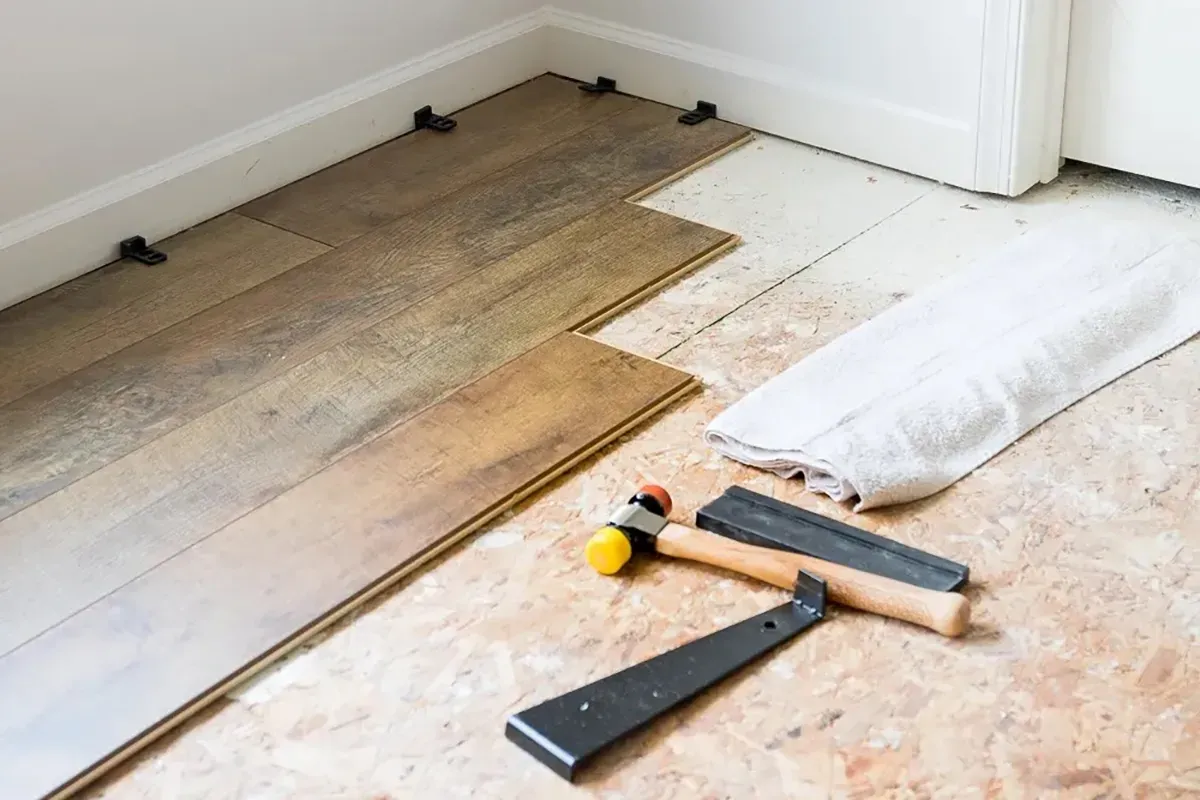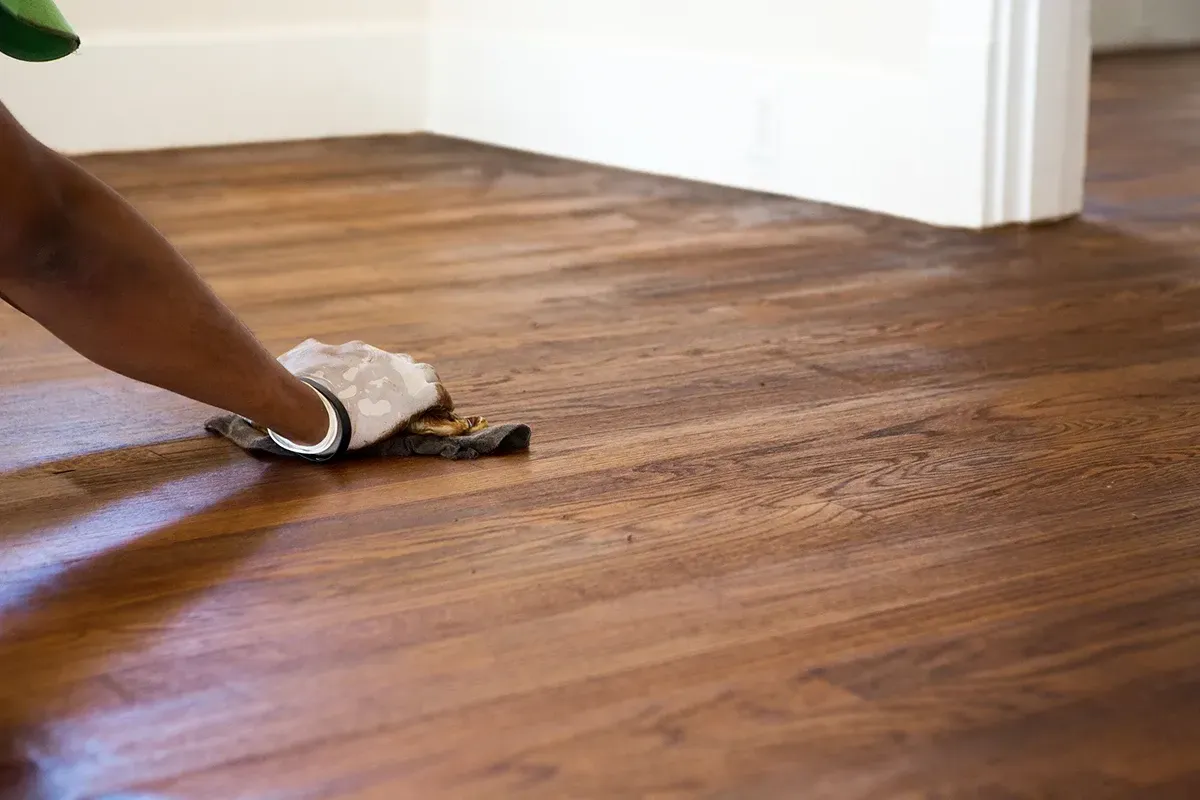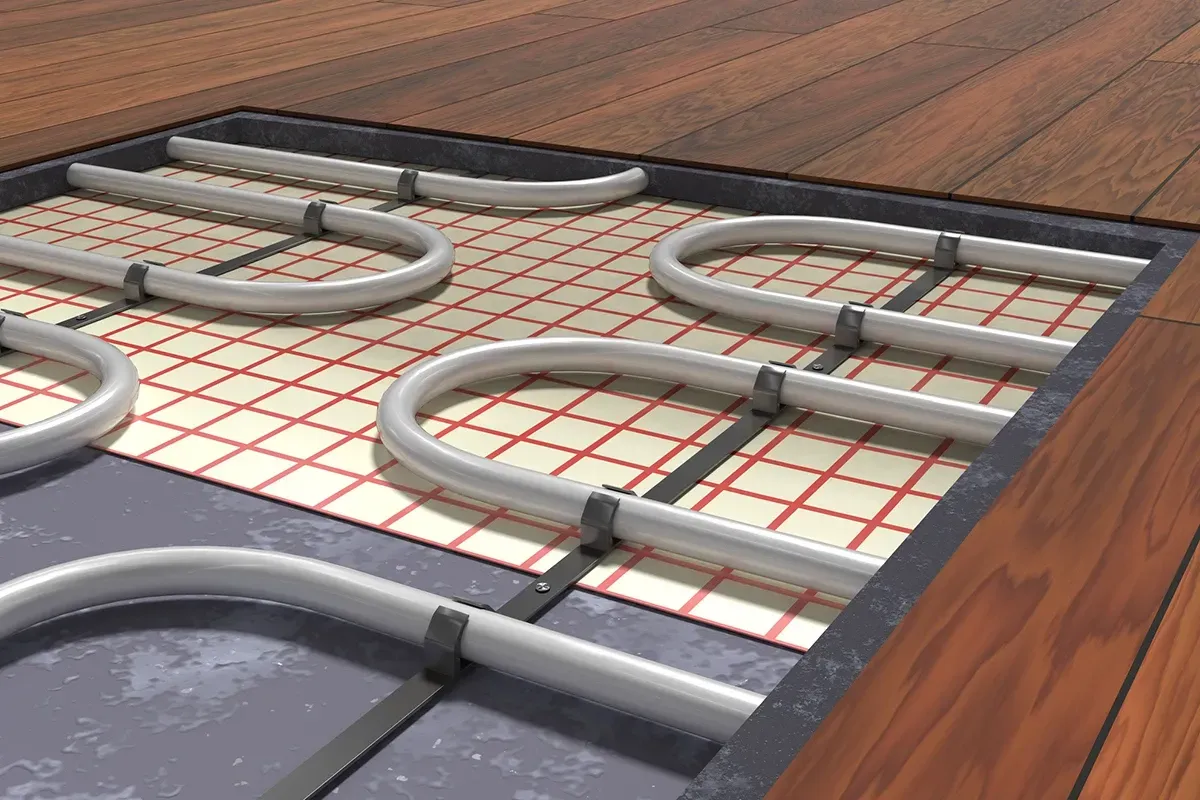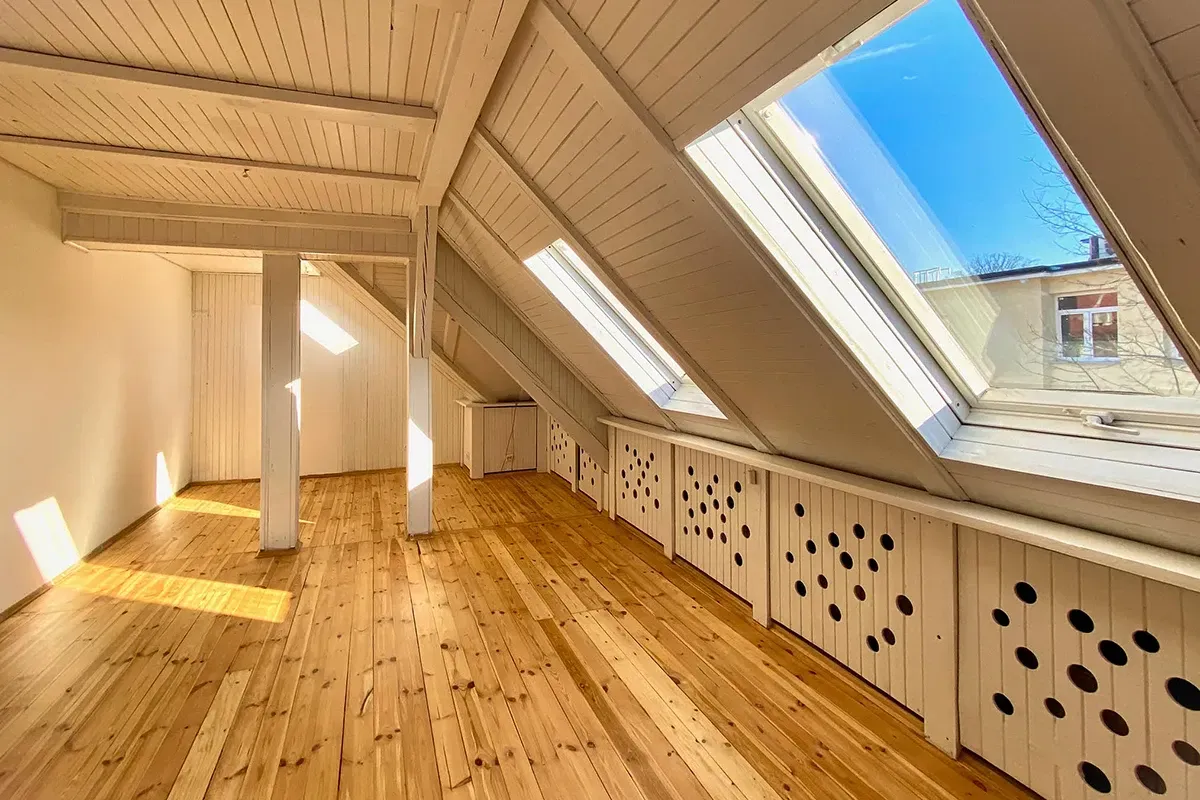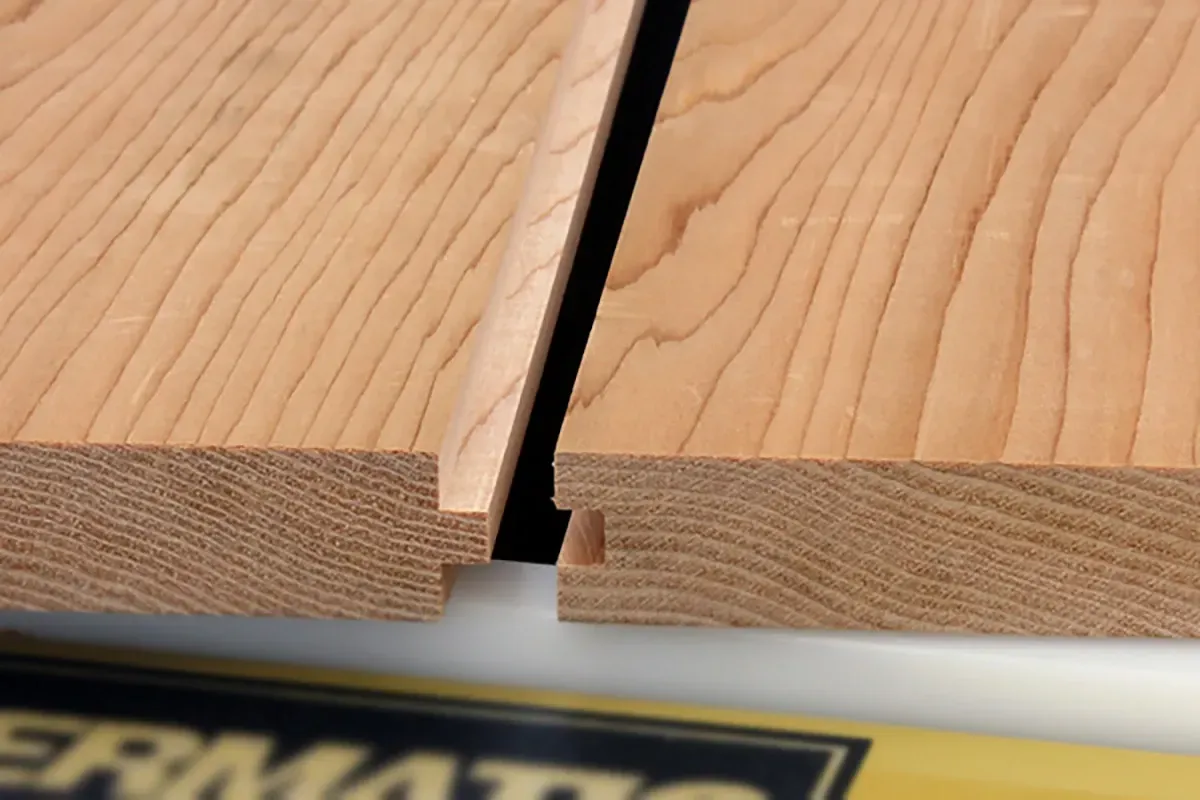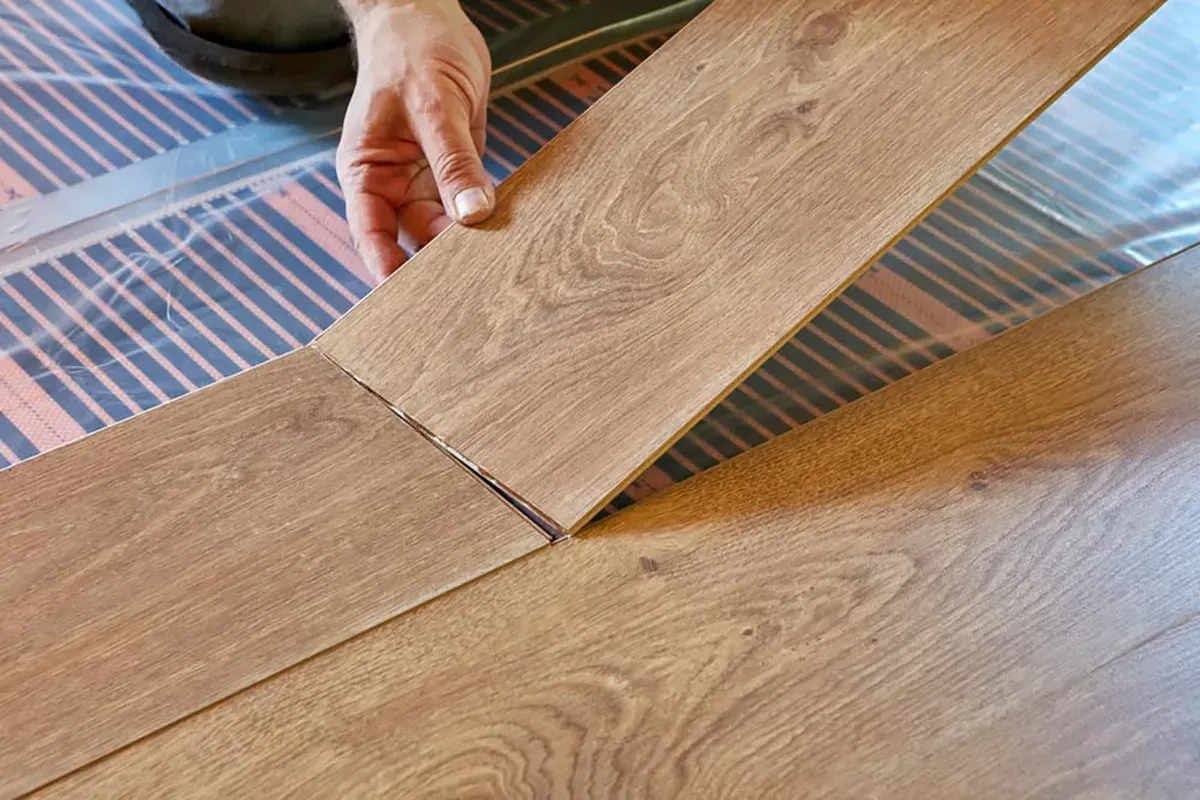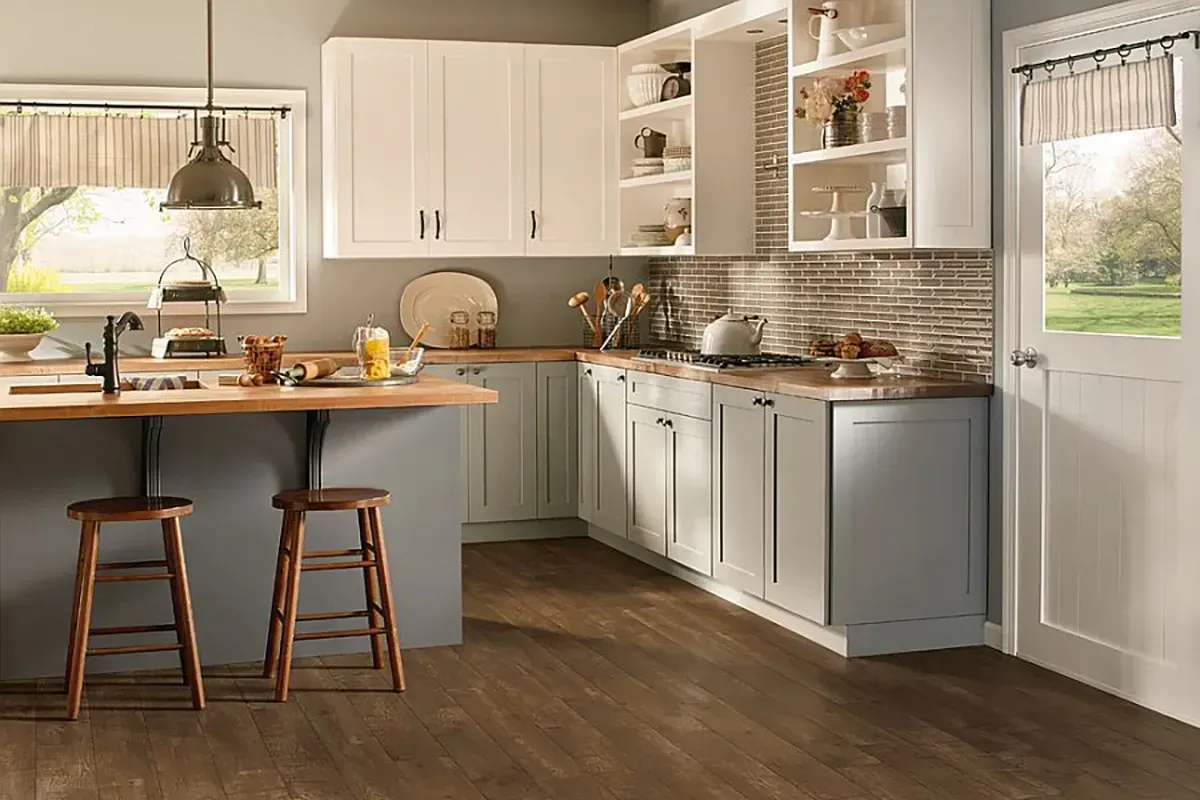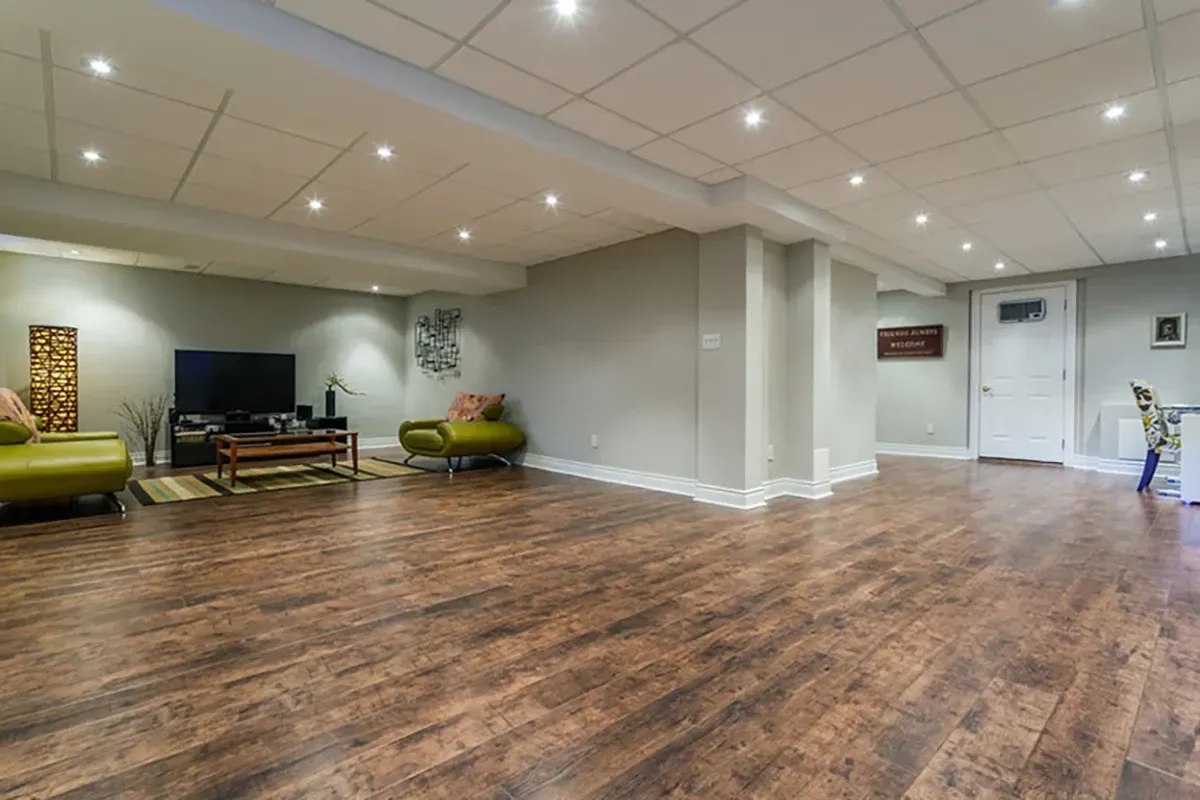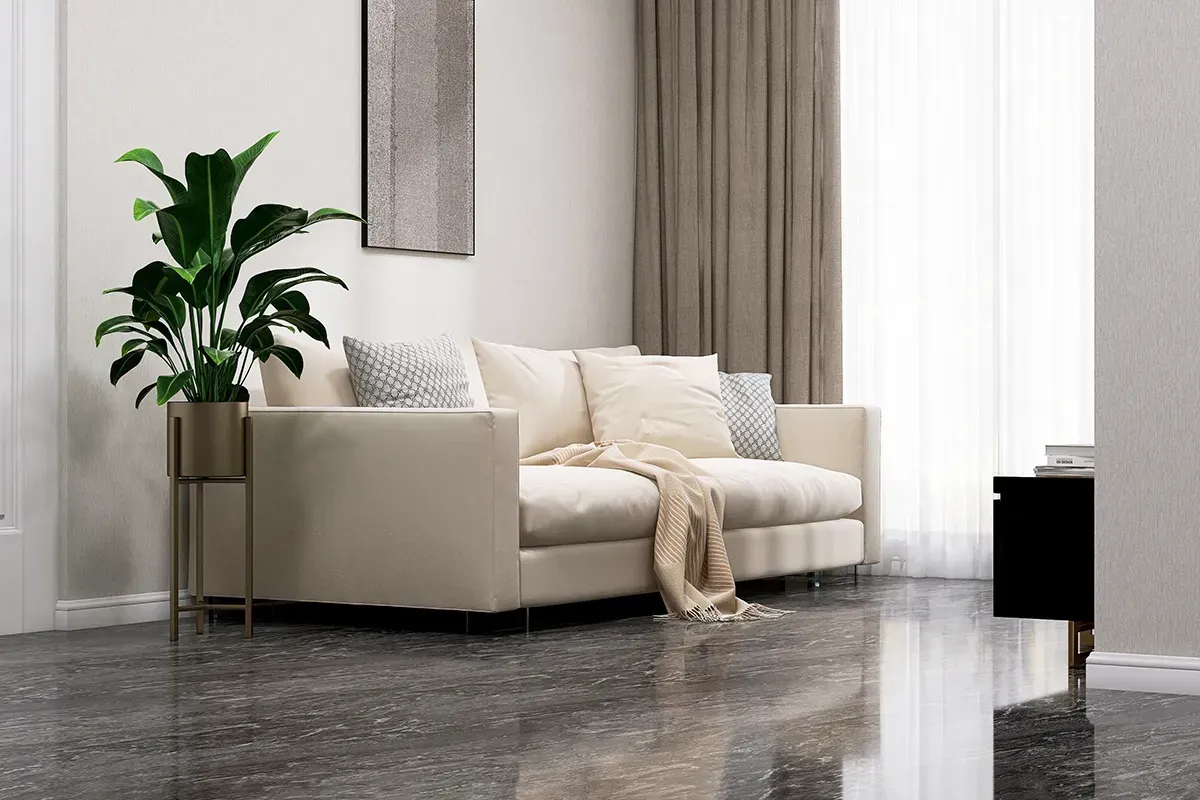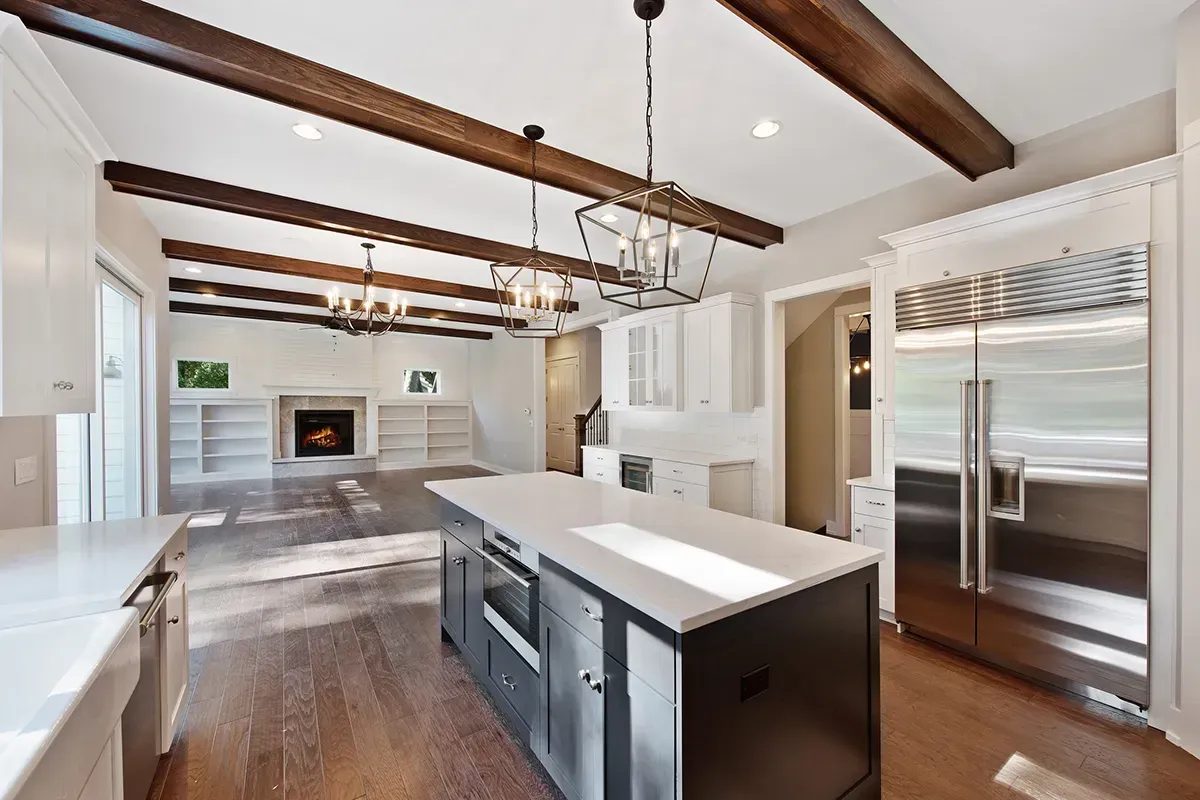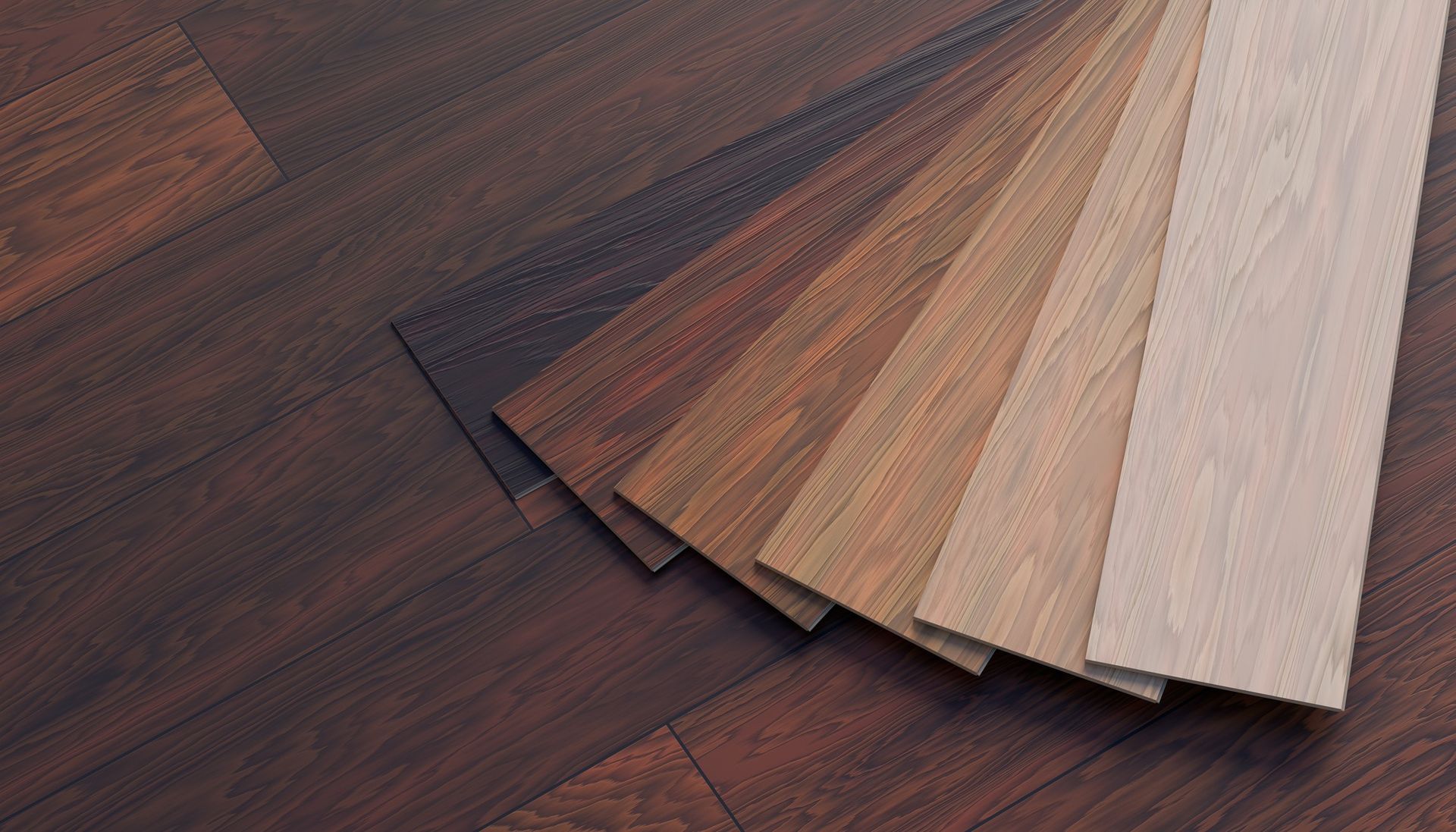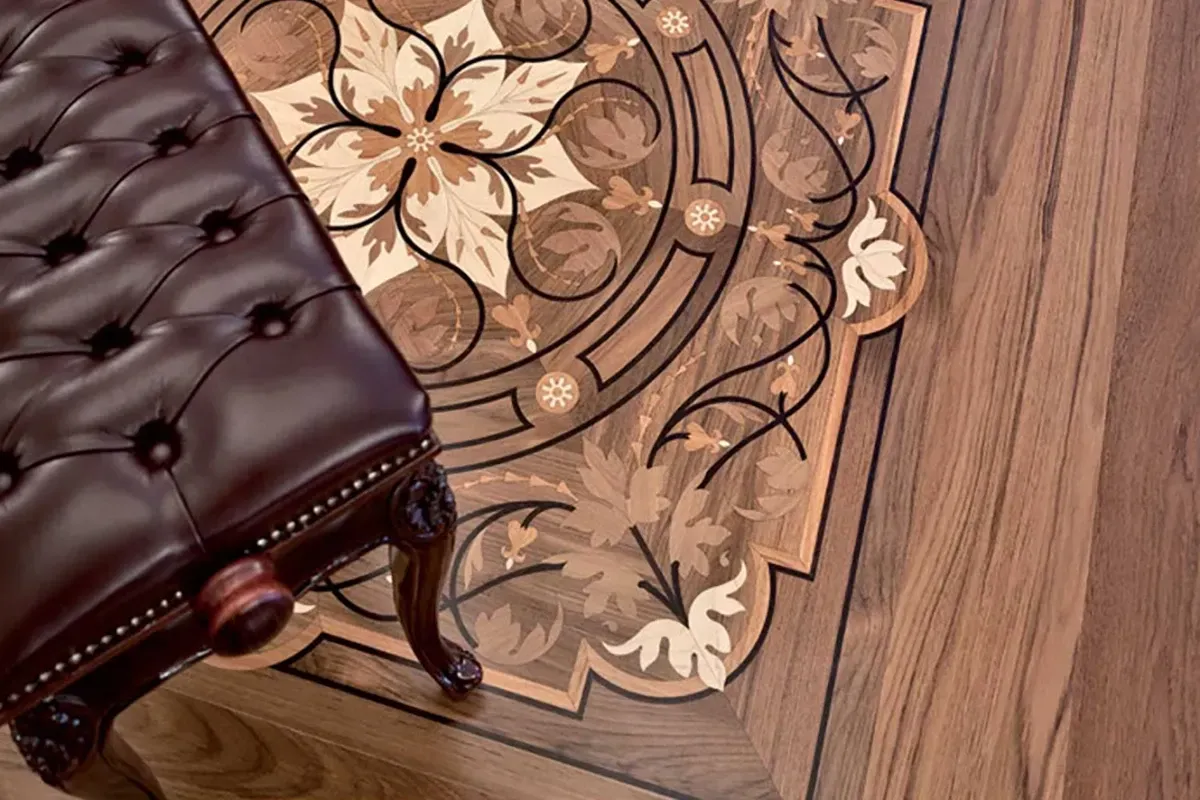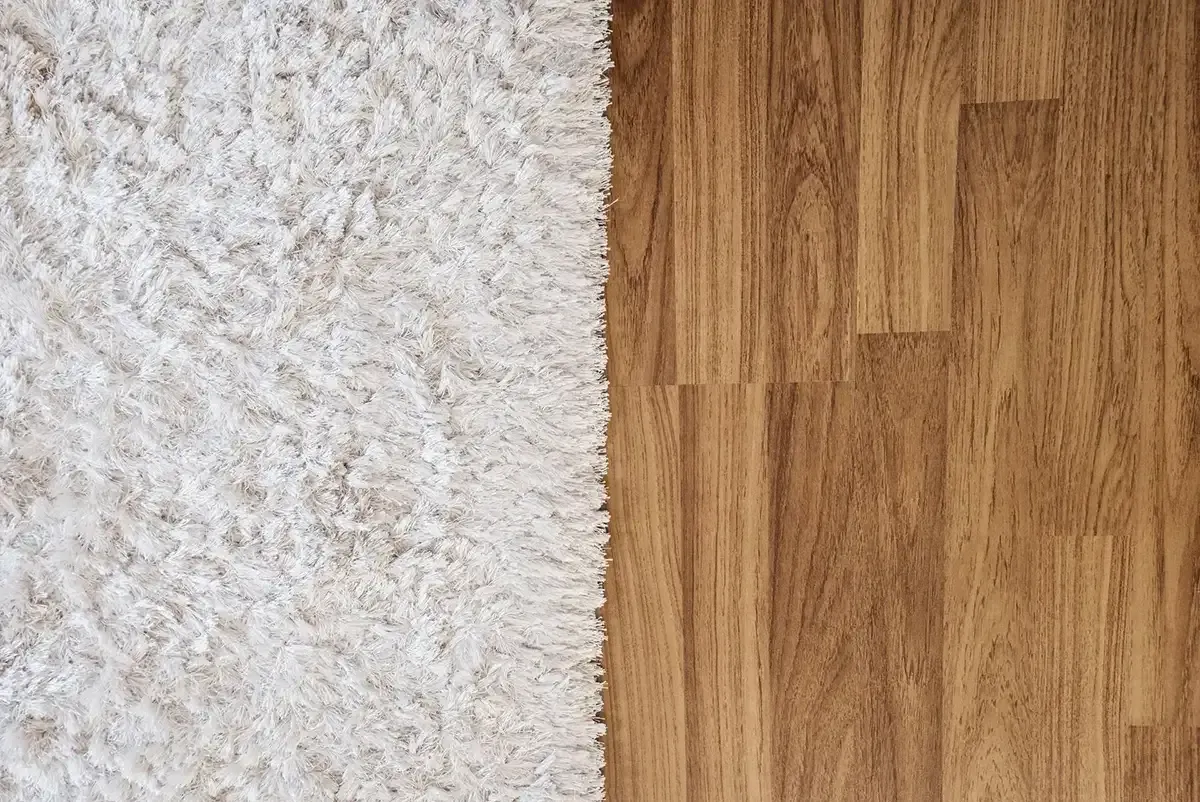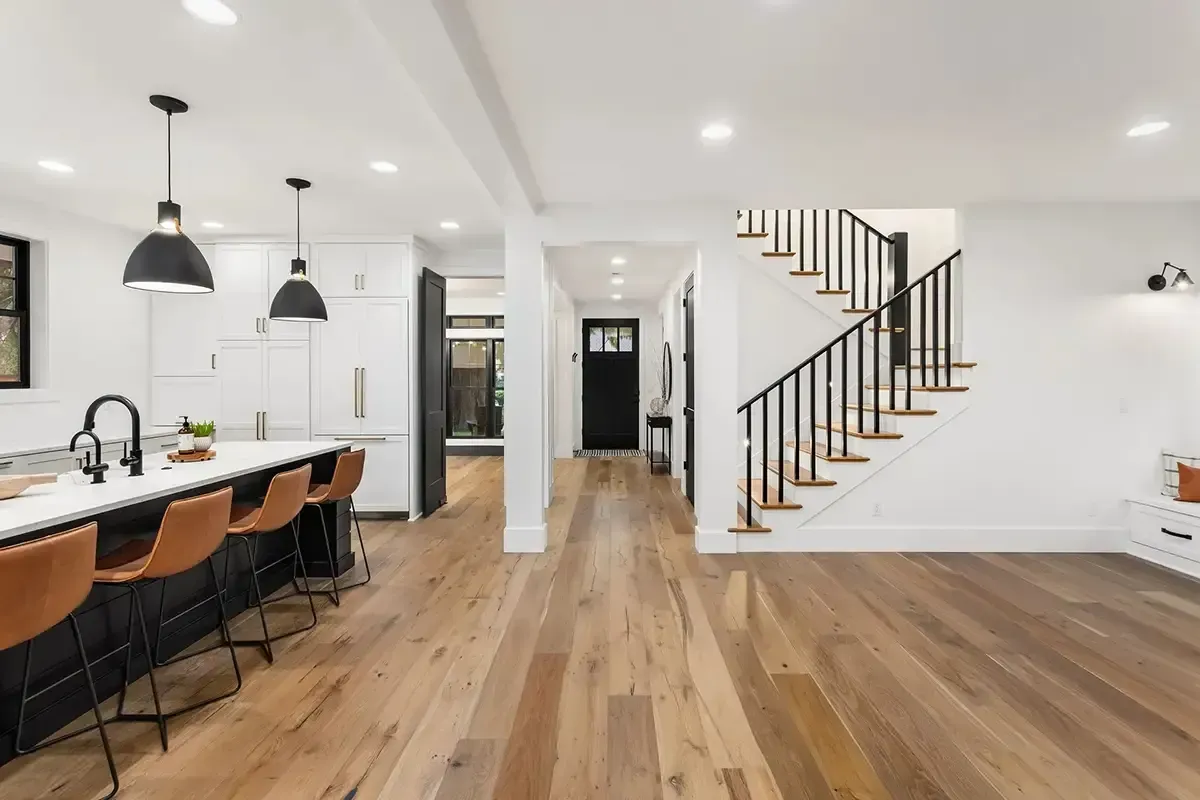Engineered Hardwood vs Solid Hardwood: Which is Right For Your Home?
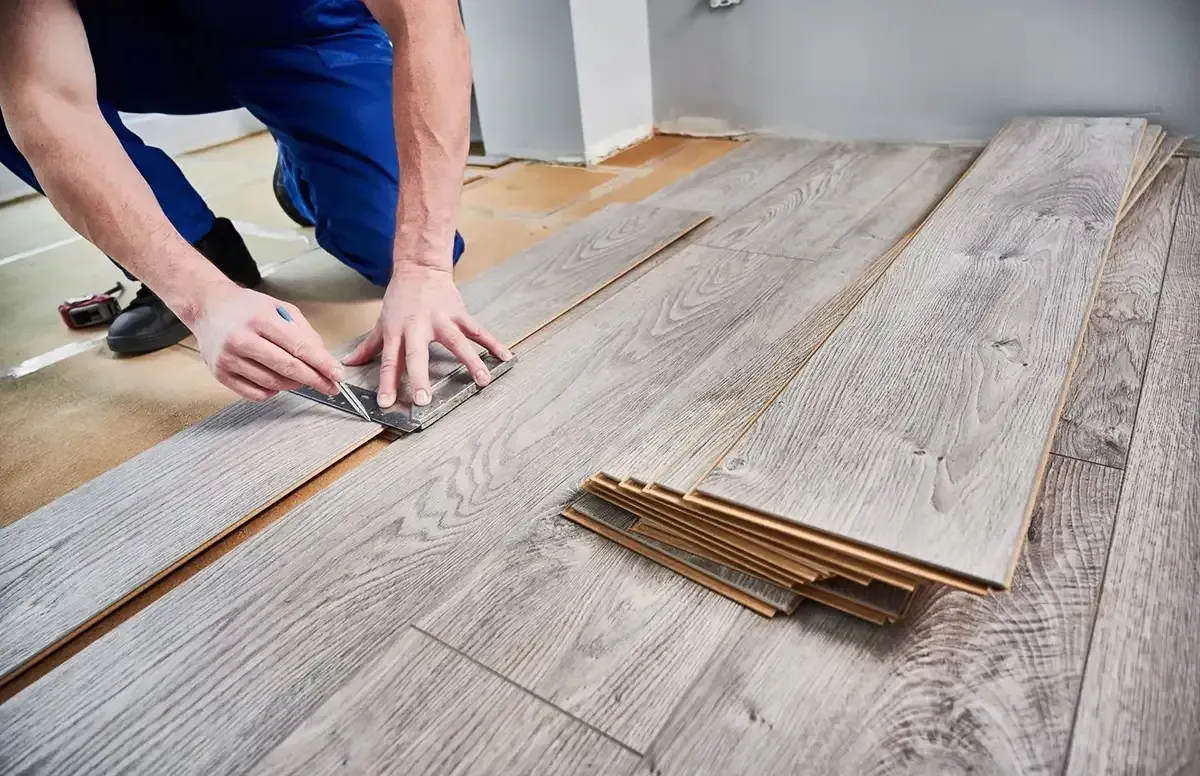
When deciding on the perfect flooring for your home, the choice between engineered hardwood and solid hardwood can be a tough one. Both options offer the timeless beauty and warmth of natural wood, but they come with distinct differences in structure, performance, and suitability for different environments. Understanding these differences is key to making an informed decision for your next flooring project. In this article, the experts at Rejuvenation Floor & Design in Portland, Oregon, will break down the engineered hardwood vs. solid hardwood debate and help you decide which one is right for your home.
What is Engineered Hardwood?
Engineered hardwood is crafted from several layers of wood veneer stacked and glued together, with the top layer being a solid hardwood veneer that provides the same look and feel as traditional hardwood floors. Underneath this top layer are two additional layers: a core layer made of plywood, high-density fiberboard (HDF), or even another solid wood like Baltic Birch, and a backing layer for stability and strength.
Key Features of Engineered Hardwood:
- Wear Layer: The top layer, usually between 1.2mm and 4mm thick, is solid hardwood. The thickness of this layer determines how many times the floor can be sanded and refinished.
- Core Layer: Typically made from plywood or HDF, the core provides dimensional stability, reducing the risk of warping or cupping in fluctuating moisture conditions.
- Backing Layer: This layer adds further durability and helps stabilize the floor.
The result is a hardwood alternative that combines the beauty of natural wood with enhanced durability and moisture resistance. Engineered hardwood offers more versatility, making it suitable for various environments where traditional hardwood may not be ideal.
What is Solid Hardwood?
Solid hardwood flooring is exactly what it sounds like: a single, solid piece of wood from top to bottom. Traditionally, solid hardwood is considered the most luxurious option due to its natural authenticity and the ability to sand and refinish multiple times over its lifespan.
Key Features of Solid Hardwood:
- Single Wood Piece: Solid hardwood is typically ¾ inch thick and made from a single species of wood.
- Refinishing Capability: Because it’s a single piece, solid hardwood can be sanded and refinished more times than engineered wood, making it a long-lasting option.
Solid hardwood is a classic choice for homeowners looking for an elegant, timeless floor, but it does come with some limitations, particularly in areas prone to moisture or temperature fluctuations.
Key Differences Between Engineered Hardwood vs. Solid Hardwood
Choosing between engineered hardwood and solid hardwood comes down to the specific needs of your space and your personal preferences. Here's a breakdown of the main differences:
1. Moisture Resistance
- Engineered Hardwood: Due to its multi-layer construction, engineered hardwood is more stable and less prone to warping or cupping in high-moisture environments. This makes it ideal for areas like basements, kitchens, and bathrooms.
- Solid Hardwood: Solid hardwood is more susceptible to moisture, making it a poor choice for damp or humid areas. In high-humidity environments, solid wood can expand and contract, leading to gaps or warping.
2. Durability and Stability
- Engineered Hardwood: Thanks to its layered construction, engineered hardwood is more dimensionally stable than solid wood. This means it’s less likely to expand or contract with changes in temperature or humidity, making it a great option for homes with radiant heat systems or in areas with fluctuating moisture levels.
- Solid Hardwood: While solid hardwood is incredibly durable and can last for generations, it is more prone to expansion and contraction with temperature changes.
3. Refinishing Capability
- Engineered Hardwood: The wear layer of engineered hardwood can be refinished, but how many times it can be sanded depends on the thickness of the wear layer. Floors with a thicker wear layer (3mm or more) can be sanded and refinished up to 2-3 times.
- Solid Hardwood: Solid hardwood can be refinished numerous times throughout its life, which makes it a better long-term investment for homeowners looking to maintain their floors for decades.
4. Installation Options
- Engineered Hardwood: Engineered hardwood is more versatile when it comes to installation. It can be glued, nailed, or even floated over existing floors, making it easier to install in below-grade spaces like basements.
- Solid Hardwood: Solid hardwood typically needs to be nailed or stapled to a subfloor, which can limit its use in certain installations, particularly below-grade.
When to Choose Engineered Hardwood Flooring
While both solid and engineered hardwood have their own unique benefits, there are certain circumstances where engineered hardwood is the better choice. Here are a few examples:
Basements and Wet Areas
Engineered hardwood’s resistance to moisture makes it ideal for spaces like basements and areas with higher humidity levels, where solid wood would be prone to warping. Its layered construction helps prevent the expansion and contraction that happens with solid wood when exposed to moisture.
Below-Grade Installations
Engineered hardwood is perfect for installations below ground level, such as in basements or subfloors. Its design makes it more resistant to the humidity and moisture issues that commonly affect solid hardwood in these spaces.
Wide Plank Flooring
If you love the look of wide plank flooring, engineered hardwood is the better option. Wide solid wood planks are more susceptible to warping and gapping, but engineered hardwood's layered construction provides the necessary stability for wider boards.
Homes with Radiant Heat Systems
Homes with radiant heating benefit from engineered hardwood because it is better suited to withstand the temperature fluctuations that can cause solid wood floors to warp. Engineered hardwood's design allows it to handle the heat without significant expansion or contraction.
When to Choose Solid Hardwood Flooring
While engineered hardwood offers many advantages, solid hardwood remains the top choice in some situations:
Classic Elegance
For homeowners who value tradition and authenticity, solid hardwood delivers the unmatched beauty of real wood throughout. Its timeless appeal adds value to any home and can last for generations with proper care.
Long-Term Durability
If you’re looking for a floor that can be sanded and refinished multiple times, solid hardwood is the best option. It can be refinished more often than engineered hardwood, making it ideal for high-traffic areas that may show wear over time.
Eco-Friendly Choices
For environmentally conscious homeowners, solid hardwood sourced from sustainable forests can be a green flooring option. Unlike engineered hardwood, which uses adhesives in its core layers, solid wood is a more natural choice.
Curious about the results? We recently installed solid hardwood flooring in Hillsboro, OR. Check it out.
Cost and Environmental Considerations
While solid hardwood may be seen as more luxurious, it’s often more expensive than engineered hardwood. Engineered hardwood provides a cost-effective alternative that still delivers the beauty and durability of wood. Additionally, since engineered hardwood uses less solid wood, it can be a more sustainable option.
Need Help Choosing the Right Flooring?
Whether you're leaning toward engineered or solid hardwood, the experts at Rejuvenation Floor & Design can help guide you through the process. With over 25 years of experience, we offer a wide selection of flooring options, from hardwood to LVT, laminate, bamboo, and more.

